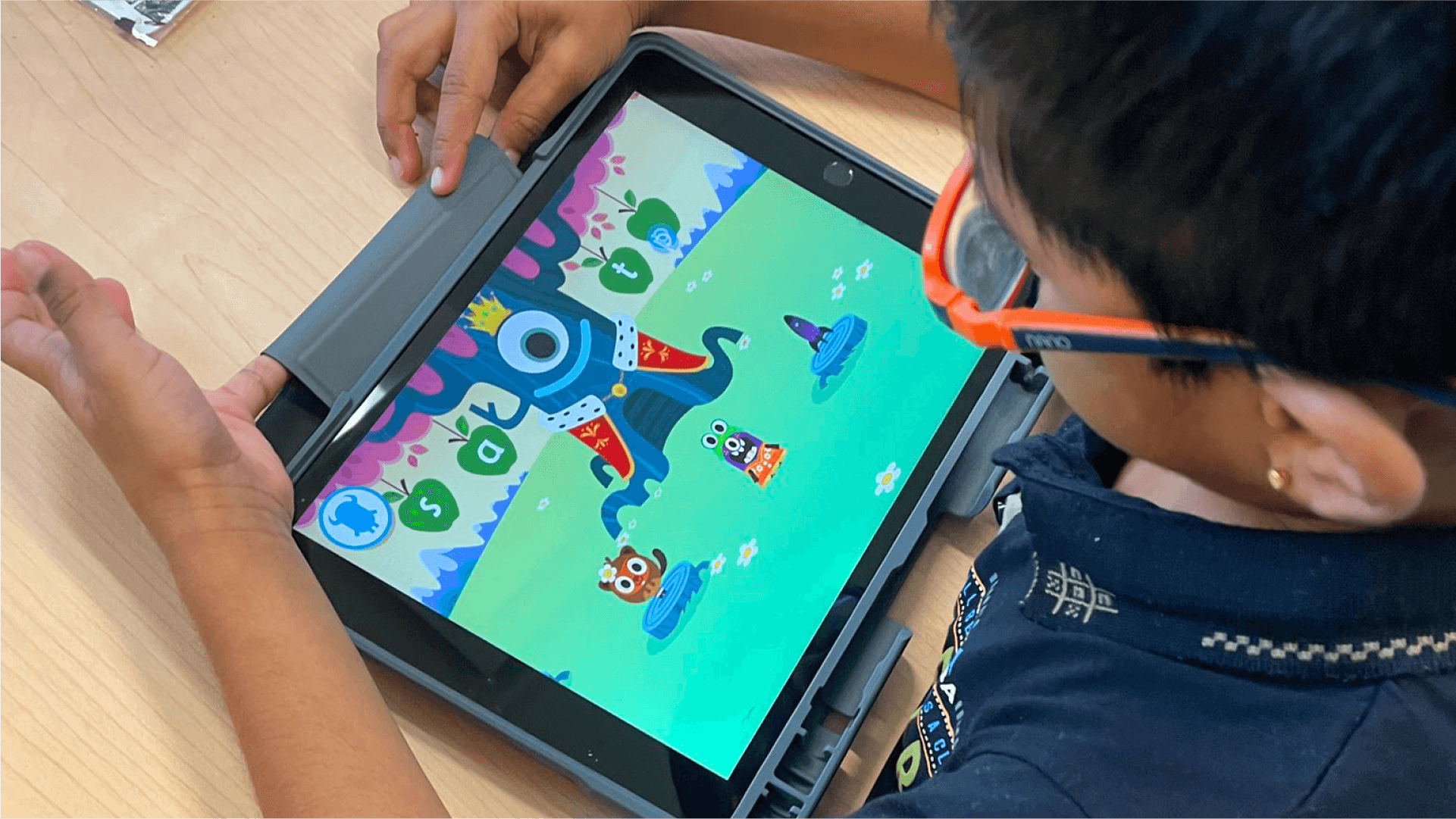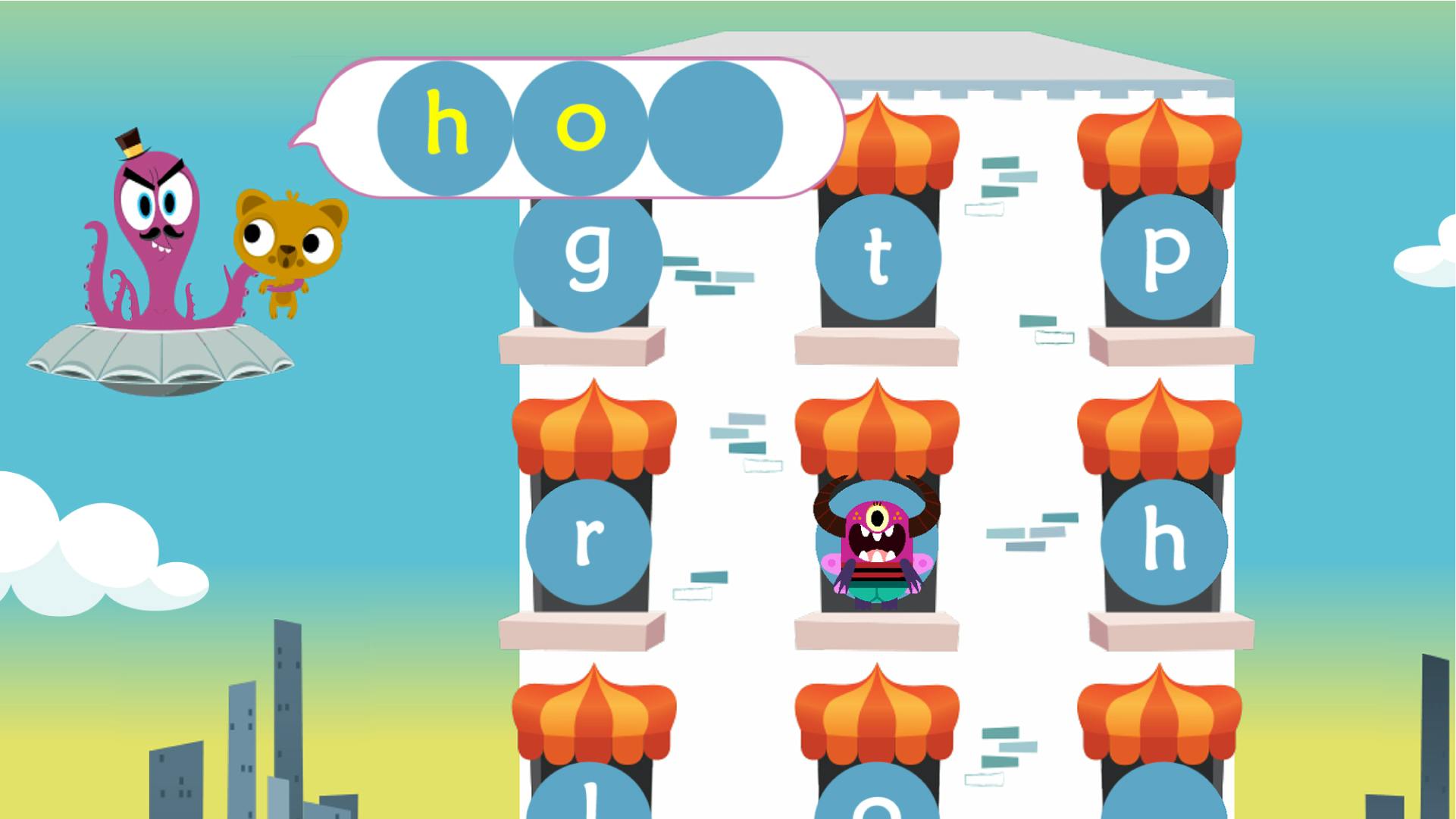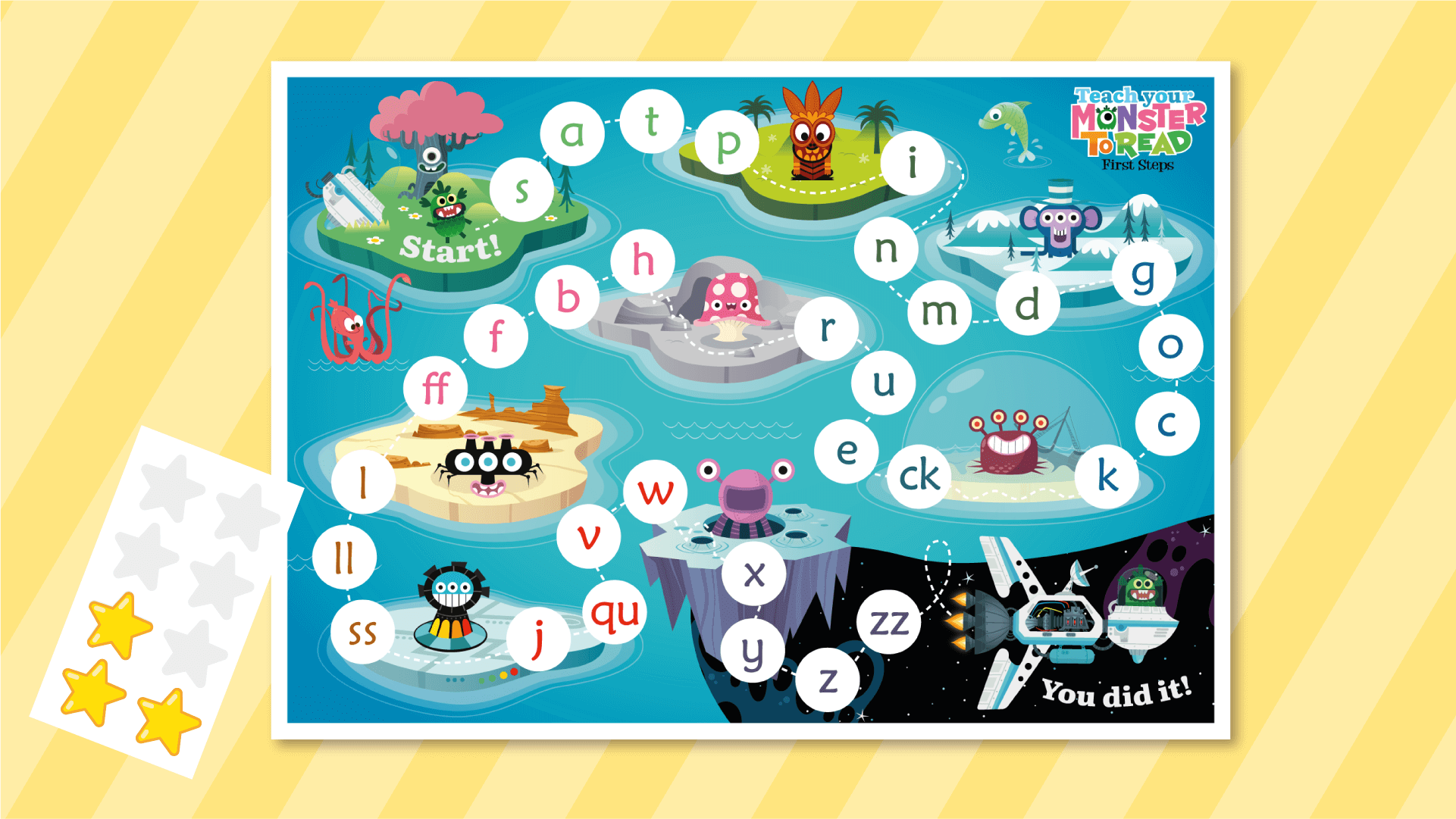Phonics activities for everyone!
(3 minute read)

We have a lot of new parents and teachers starting to use our games this year, so we thought we’d get down to the basics for this article, with a quick introduction to phonics, and some engaging phonics activities suitable for both in-class and out-of-class use.
Phonics is the method of teaching reading and writing through the relationship of the sound (phoneme) and the written letter or letters (grapheme). For example, the ‘ai’ in the word ‘rain’ makes an /ay/ sound. This method of teaching helps children to decode words by breaking them down into their individual sounds, making it easier for them to read and spell. Although there are different programmes of teaching phonics around the world, many of them follow similar methods.
In my experience with early years classrooms, phonics is a daily practice, with lessons and activities centred around the letter-sounds they are currently learning. Lots of showing the letters and hearing the sounds, as well as more physical activities such as walk-the-word to help children remember those letter-sound relationships, or to use the technical term, grapheme-phoneme correspondences (GPCs).

Our game, Teach Your Monster to Read, has been popular with teachers for over a decade for its engaging approach to teaching phonics. Whether used as a whole class activity, for one-to-one or group intervention or independent play, its repetitive structure and gamified way of teaching help reinforce those GPCs taught in class. Teachers can share the players login details with the family, making sure the progress they make in class is continued at home.
As part of our support for new teachers and parents, we’ve created a new FREE printable progress chart for Stage 1 of Teach Your Monster to Read - First Steps. Feel free to download, print and stick it on the fridge to get your kids excited about learning new letter-sounds. Mark each new letter sound learned with a smiley face or the ultimate honour… a sticker!
We’ve got loads of other printables to help with phonics, and have come up with a few ideas on how to gameify them even more. Print out and laminate (optional) our Phonics Flashcards to play these games:
Flip the waffle - Select a few that your child is working on. Place them face down on the floor and give the kid a spatula. Tell them to flip the waffle and say the letter-sound. If the child says the correct letter-sound, they get to cook the waffle! Have a pan or basket nearby for their collected waffles. Use the flashcards without the picture prompts to make it more challenging.
Push the button - Select a few GPCs that your child is working on. Roll up balls of playdough and place them on or in front of the card. Let your child press each ‘button’ as they sound it out for you. Roll out the balls to start fresh!
Magic Monster Squares - Adapted this idea from playdoughtoplato - use our flashcards, put the focus one in the centre, draw some letters around it to form simple words. Keep to Consonant-Vowel-Consonant (CVC) words for younger children such as ‘sun’, hat, bus, etc. For lists of common CVC words, look at this useful article.
As a final note, we also wanted to highlight some phonics activities we wrote about in older blogs to use, share and give to fellow parents and reception/pre-k teachers:
- Letter-sounds machine
- Letter-sound matching game
- Shake a word
- Phonics i-Spy bottle
- Phonics baskets
- Phonics Flipchart
HAPPY PHONICS LEARNING!
Kay Leathers, Ex-primary teacher and freelance consultant for TYM
